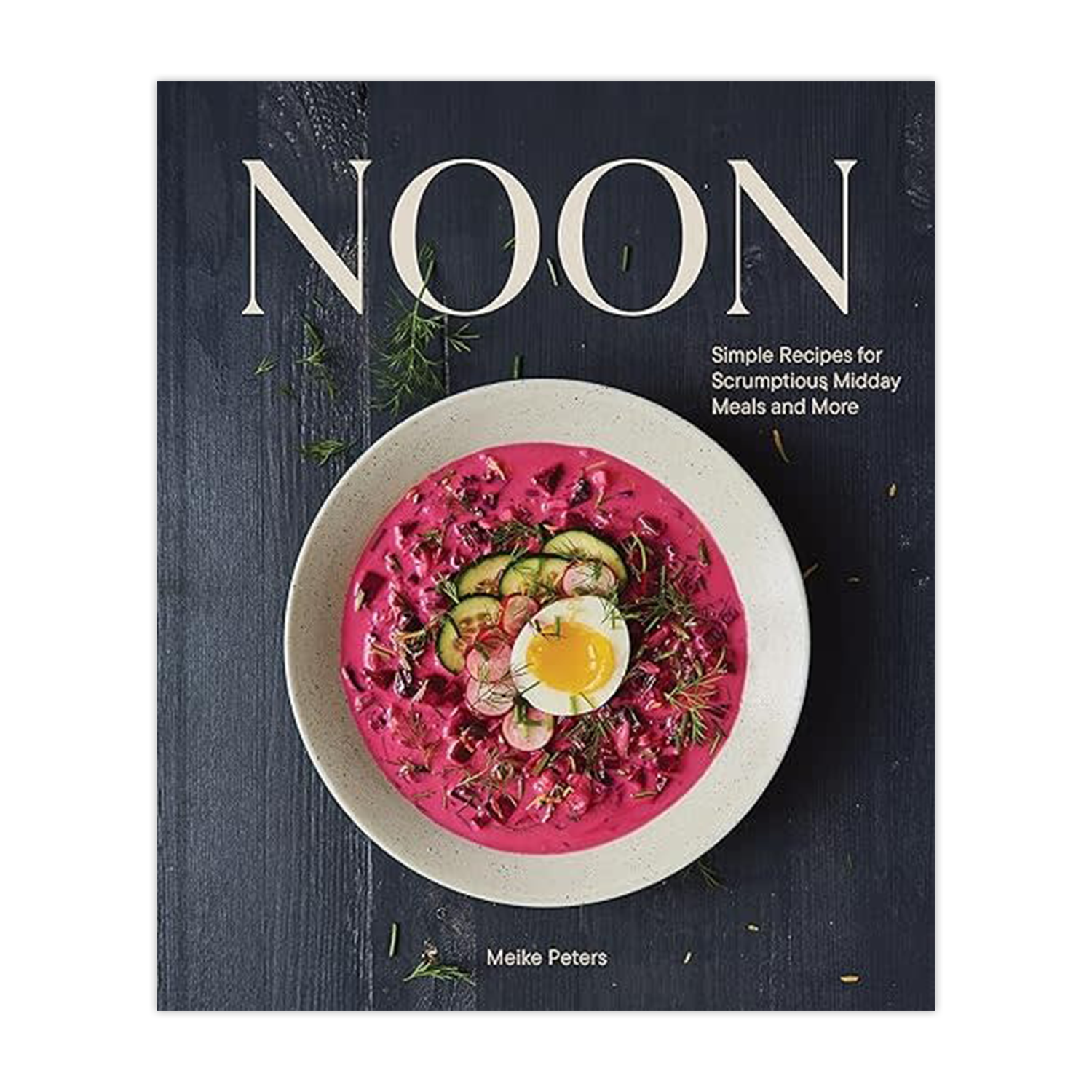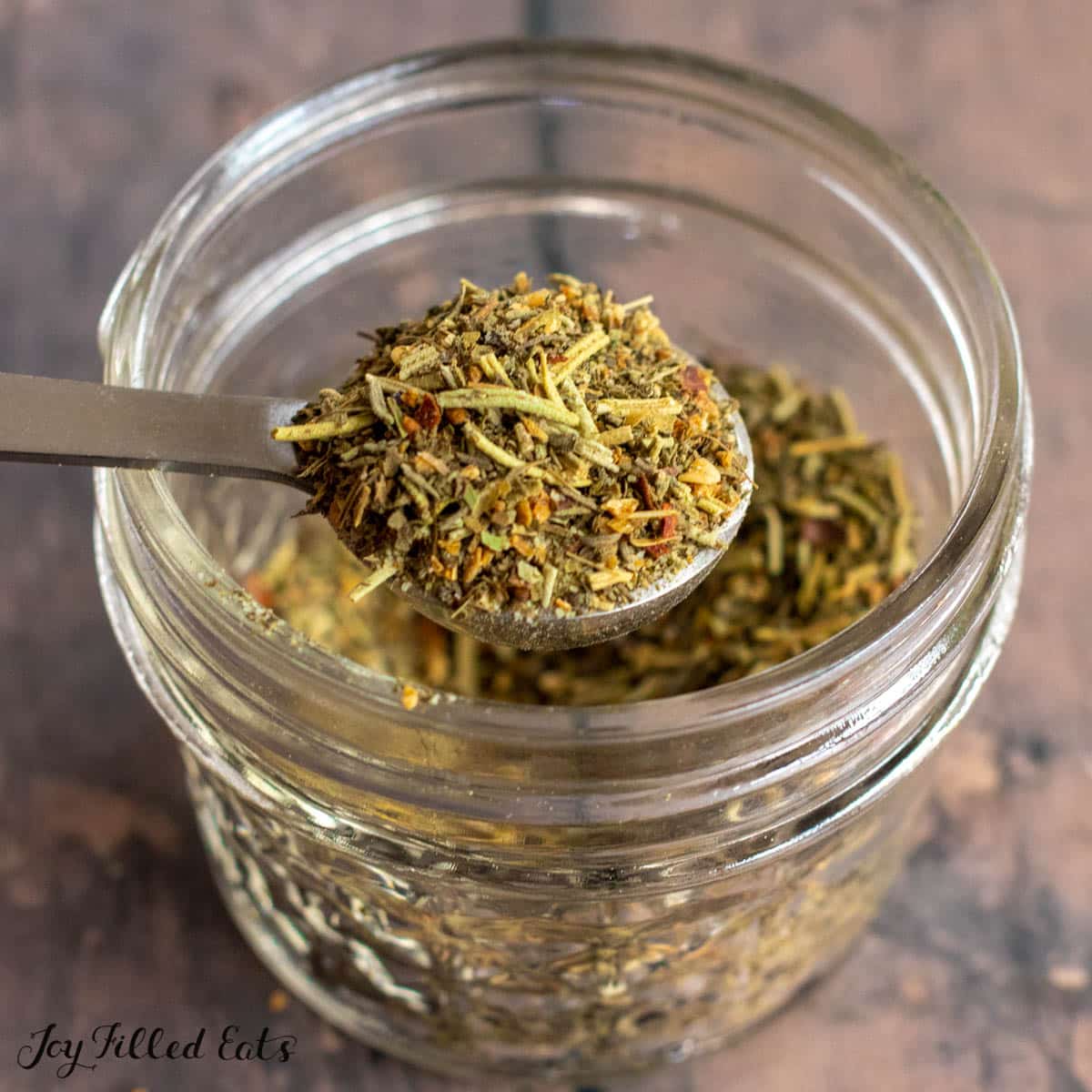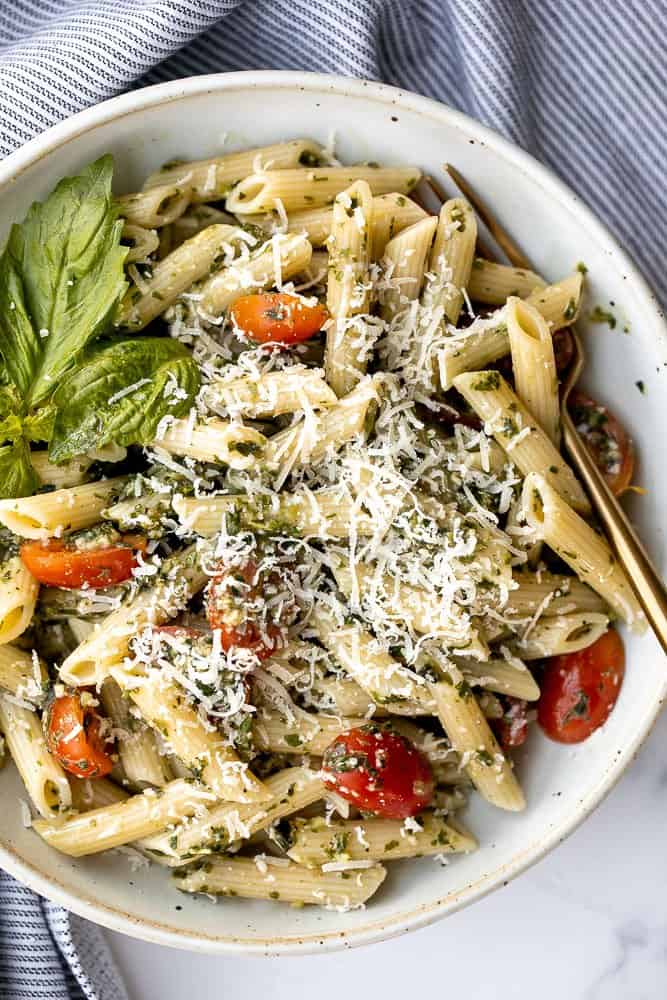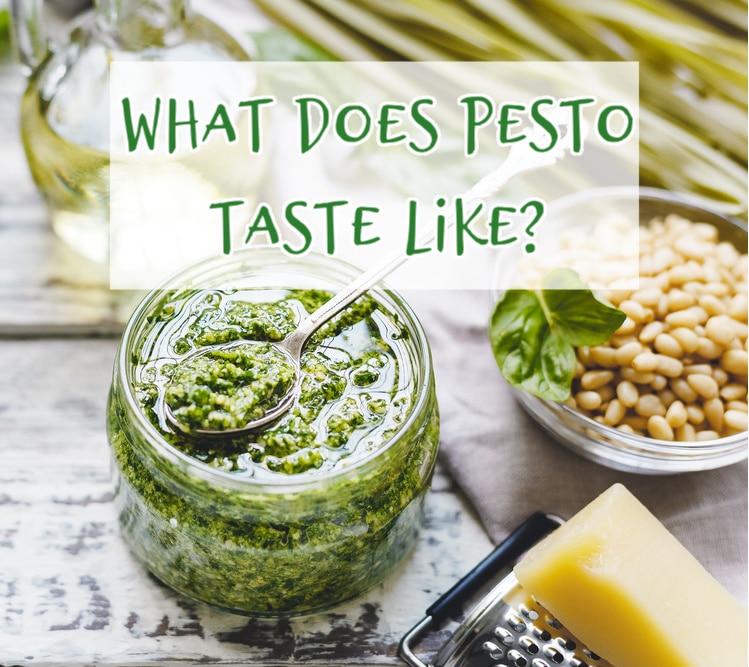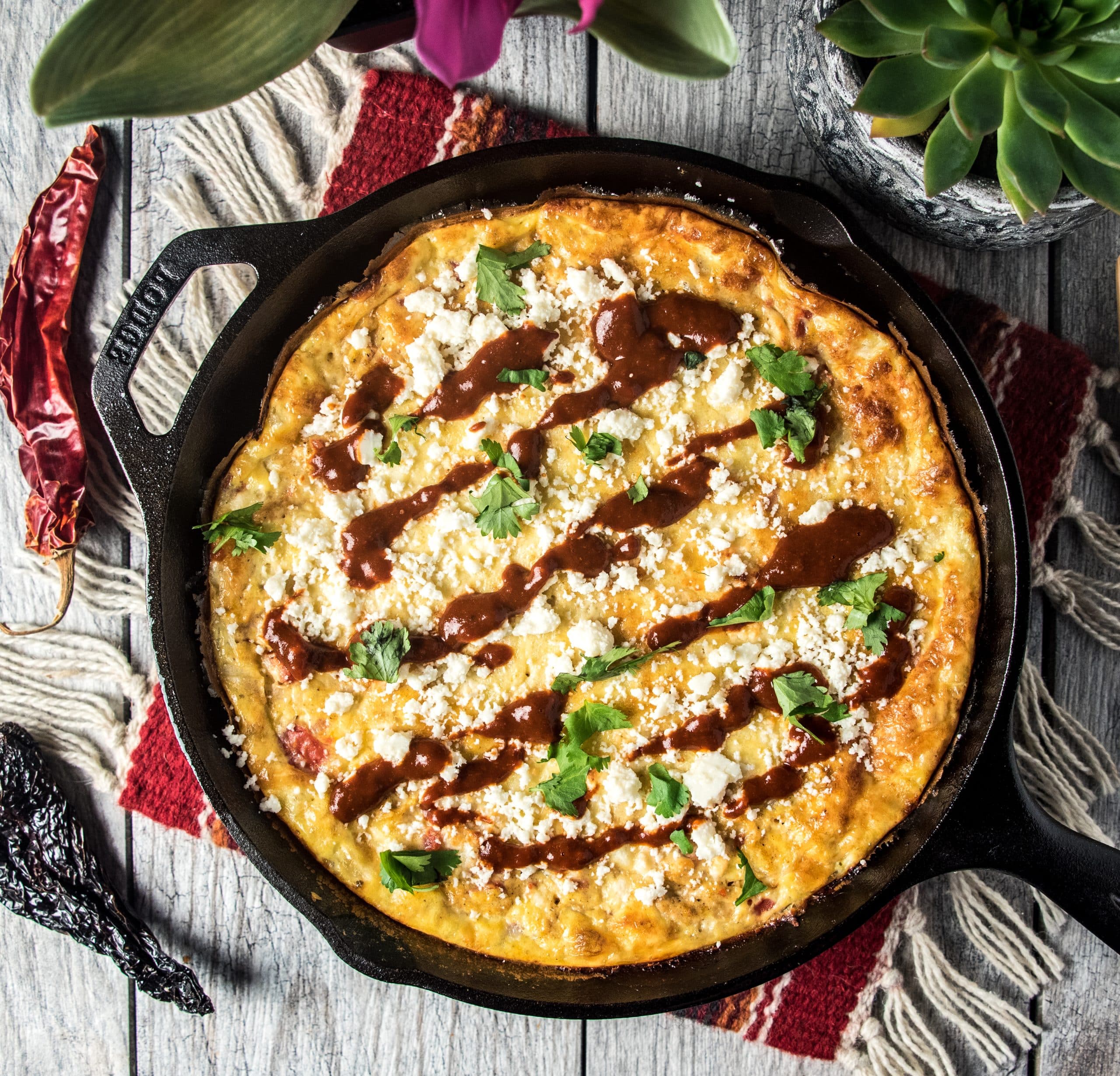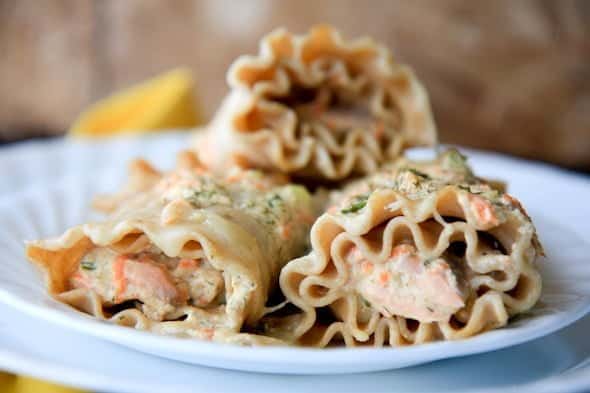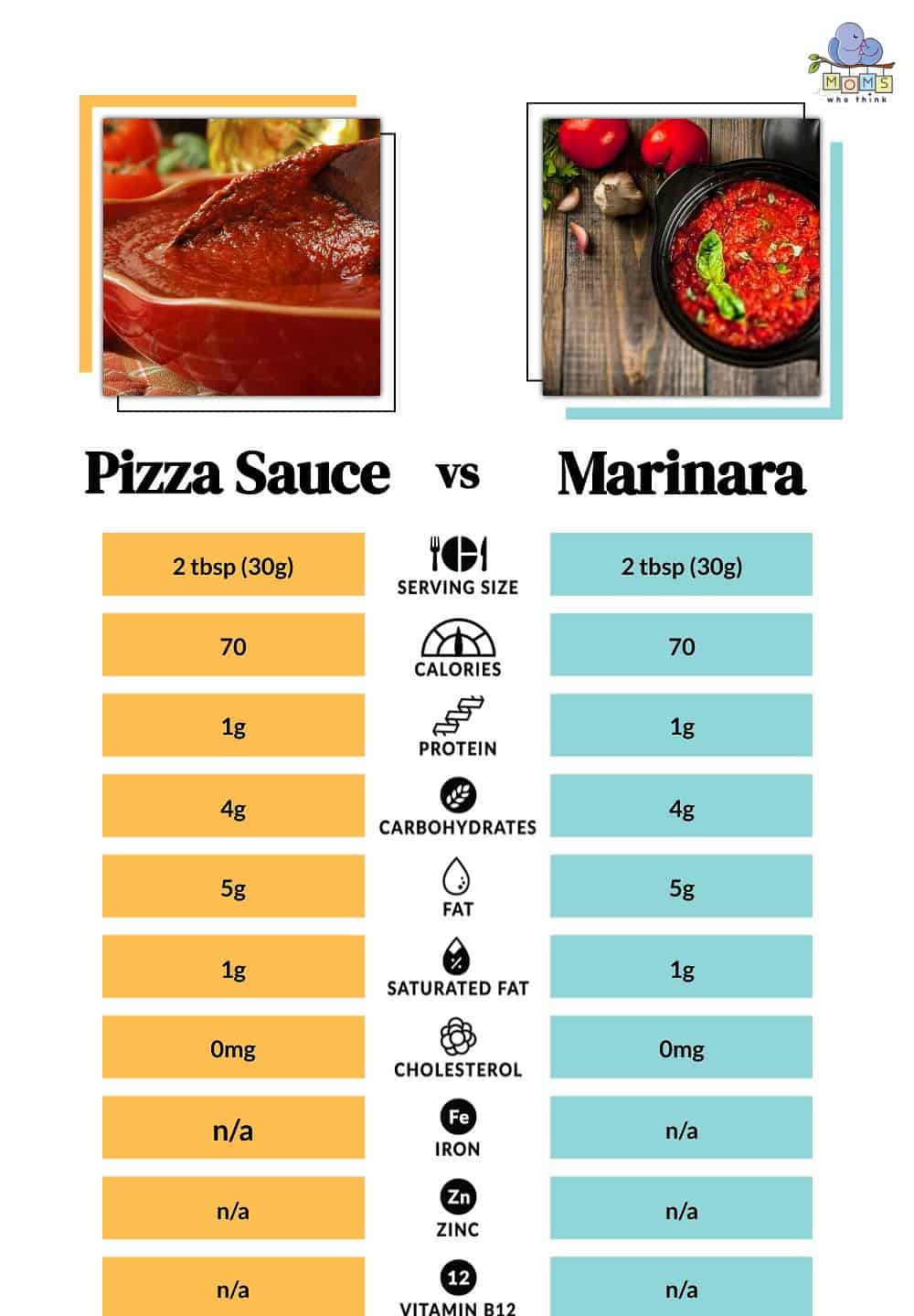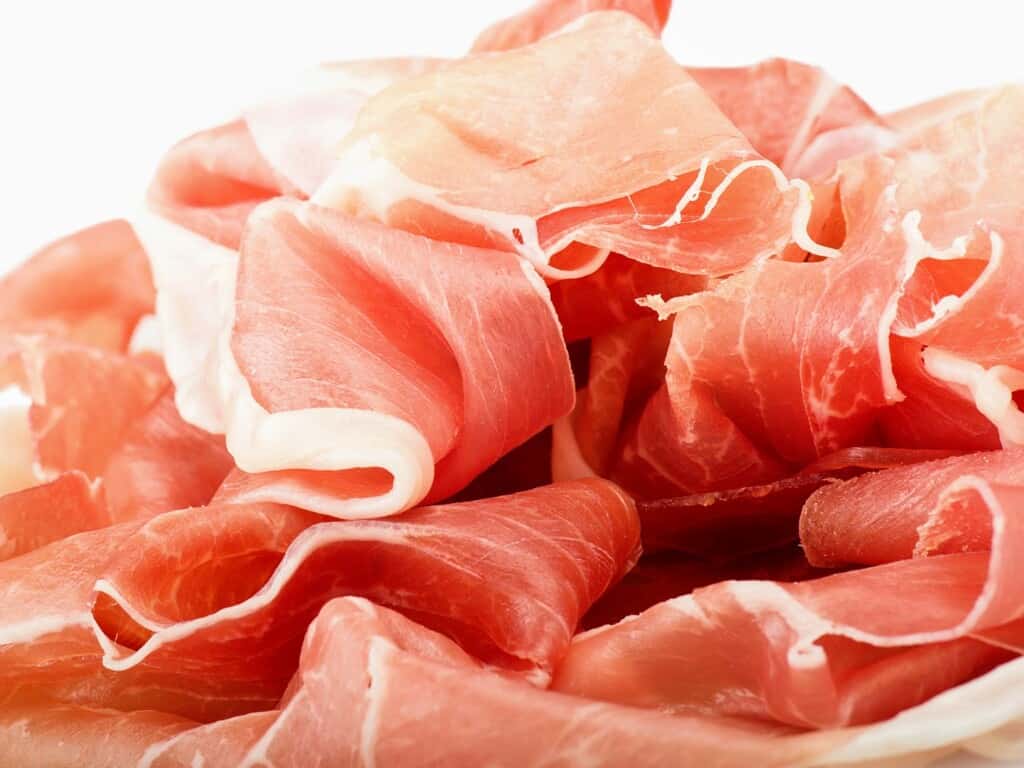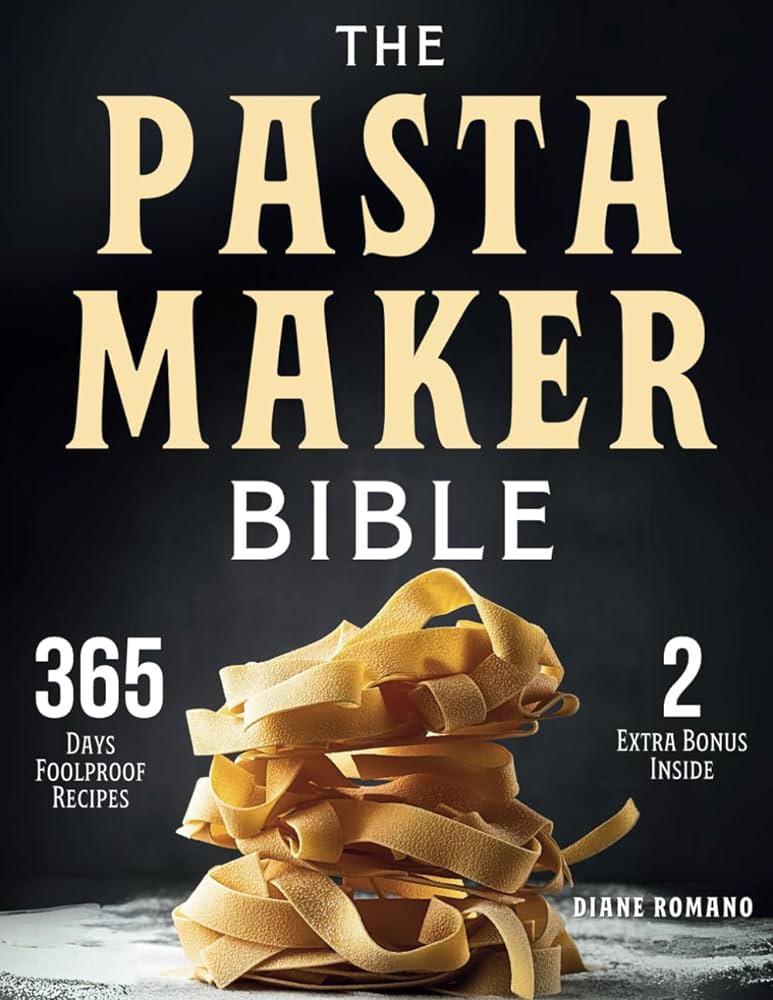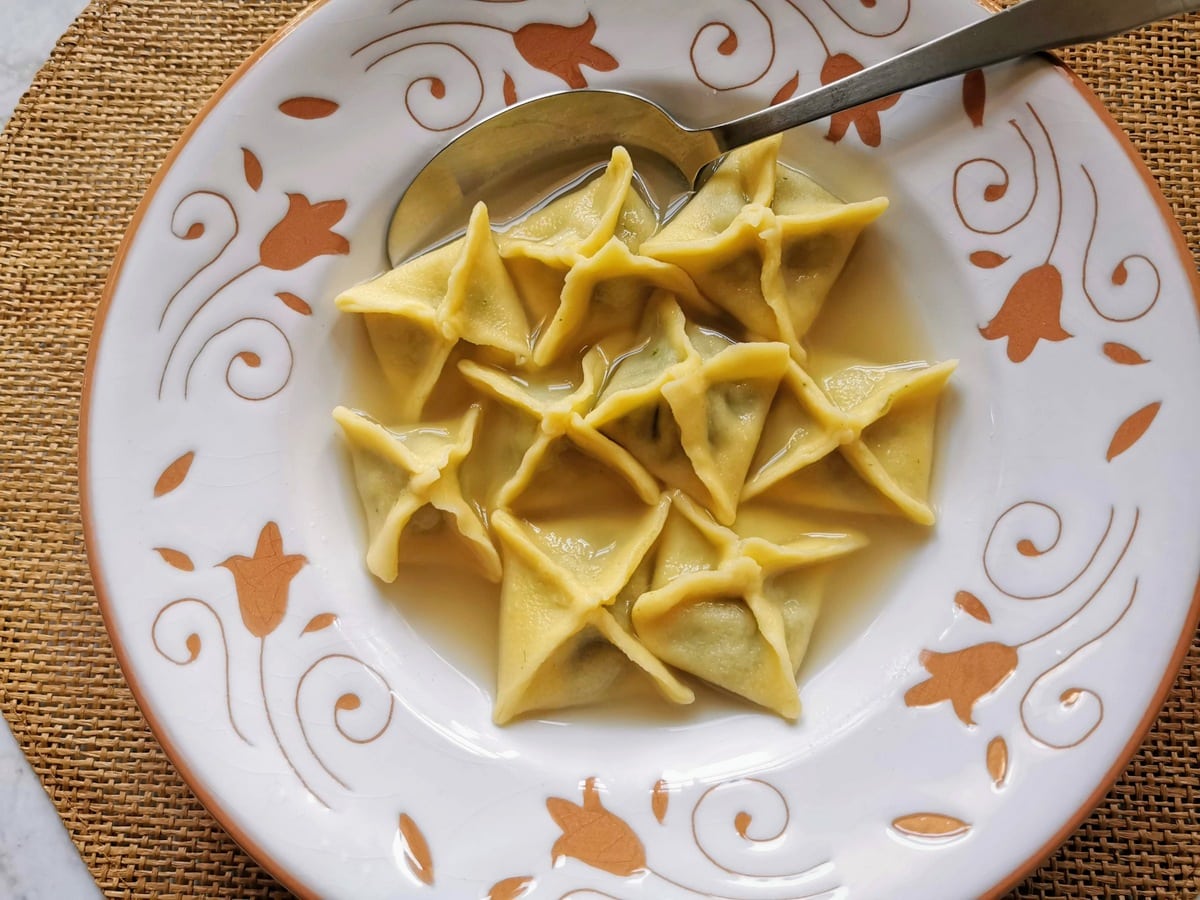Discover the Art of Making Scrumptious Burrata Ravioli
– Burrata is best served at room temperature.
– It is a fresh cheese and should be eaten as soon as possible after it’s made.
– The flavor of burrata will turn sour after several days and it will go bad.
– Burrata can be seasoned with extra virgin olive oil and flaky sea salt.
– It can be added to pizza, particularly well with fresh tomatoes and arugula, or paired with a prosciutto pizza.
– Burrata pairs well with truffles, balancing out their powerful aroma and woodsy flavors.
– Burrata can be used in a caprese salad as a replacement for mozzarella cheese.
